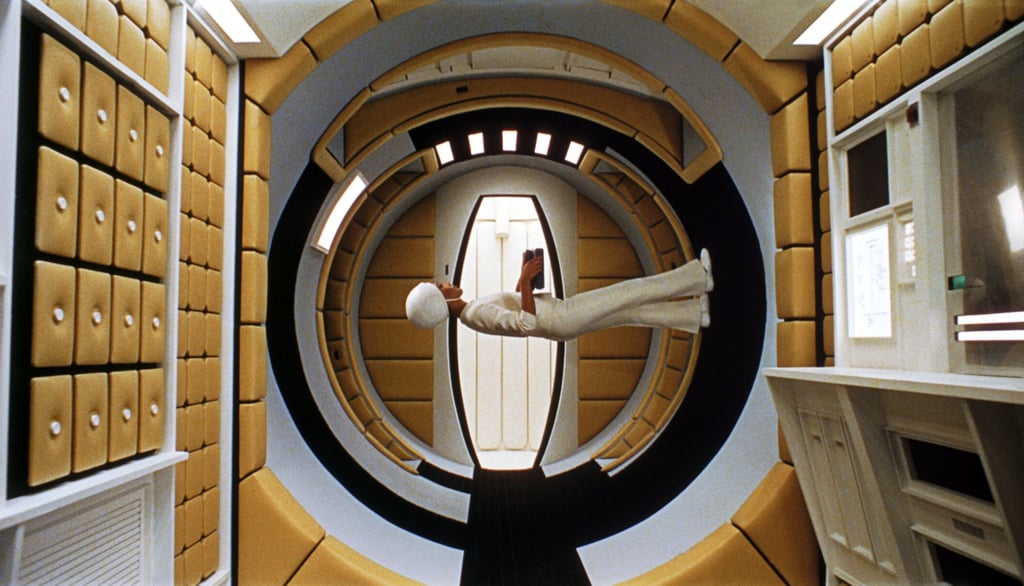2001: A Space Odyssey - For The Love of Classical Music
Director Stanley Kubrick stages a cosmic concert in this movie, giving the music as much importance in driving the story as the cinematography.
8/10/20252 min read


2001: A Space Odyssey integrates classical music into its narrative very differently from how most movies do. It breaks away from standard film scoring, offering uninterrupted musical sequences with striking visuals, instead of just using a few motifs as background music. The film is largely a non-verbal experience that treats its soundtrack as an equal partner to cinematography. In a sense, it is as much a concert film as a science fiction one.
The movie’s opening scene is set to composer Richard Strauss’ grand Also Sprach Zarathustra, which acts like a proclamation, not just an accompaniment. This section sets the tone immediately, much like an overture in a concert or opera. Every major narrative arc in the plot is tied to a composition. Strauss’ Also Sprach Zarathustra signifies moments of cosmic creation and human evolution, György Ligeti’s Requiem to introduce a mysterious space discovery, and elegant waltzes to accompany the motion of spaceships.
For me, the heart of the movie lies in the sequences set to Johann Strauss II’s The Blue Danube. The scenes of spacecraft docking and drifting in orbit are pure visual poetry. These sections unfold with no speech at all, letting the music and visuals carry the emotional and narrative load. Kubrick doesn’t chop up the waltz into snippets. The Blue Danube is heard almost entirely, like you’d experience at a concert. The scenes seem to follow the music rather than the other way around.
The most emotionally stirring moment is how the film ends with a reprise of Also Sprach Zarathustra, just grander and more triumphant. Since the film ends with the same song it started with, it feels like we’ve come full-circle, with a grand emotional payoff.
Overall, director Stanley Kubrick stages a cosmic concert in this movie, giving the music as much importance in driving the story as the cinematography. The treatment of the music is almost reverent, letting pieces play uninterrupted and transforming the viewing experience into something operatic. It maintains narrative cohesion with recurring musical themes and returns to the opening theme at the end, bringing closure. It’s a symphony in cinema.
